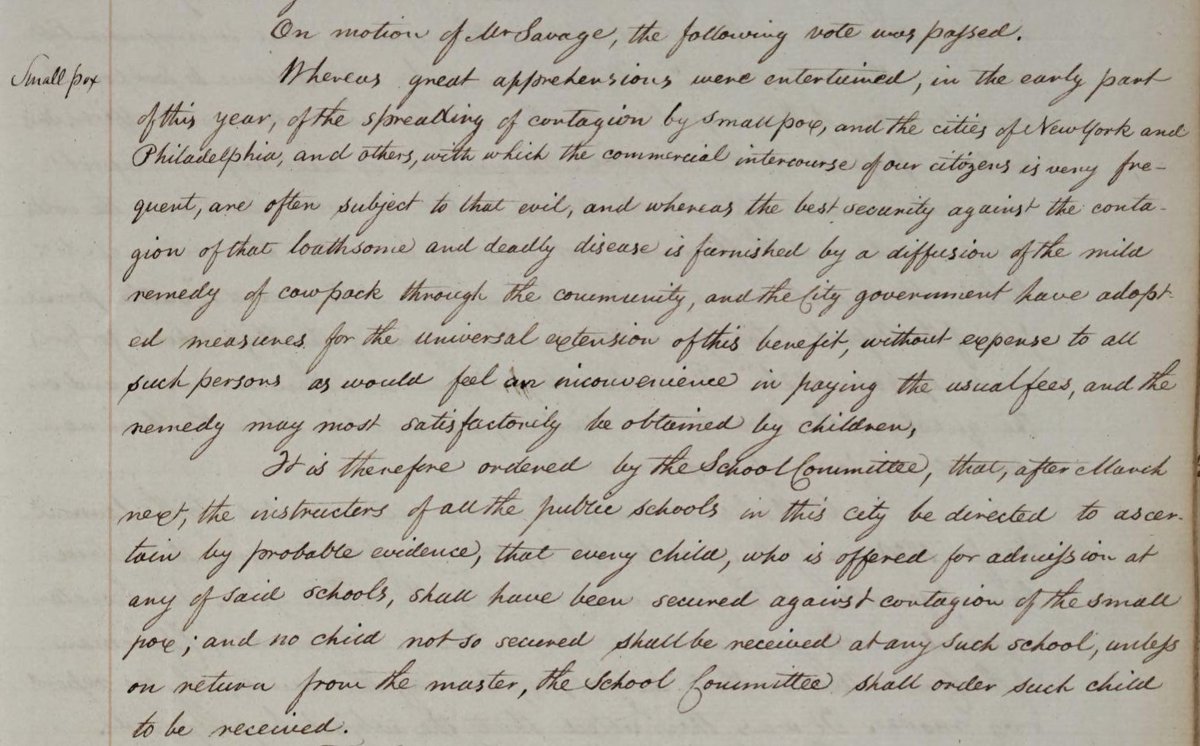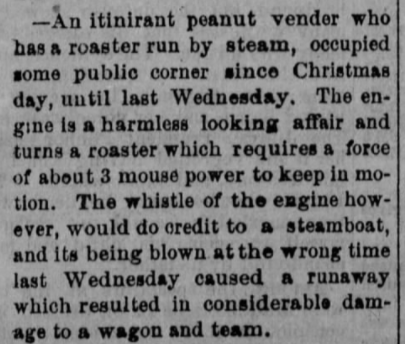What harm can be done by a scientist or public health official agreeing to debate an anti-vaccination huckster? It's not just a thought execise. The damage has been done before. Let's look at Minnesota's "Vaccination Debate" of 1902. 1/
The Minnesota anti-vaccination league challenged physicians and public health officials to a stage debate. Minnesota had passed a compulsory vaccination law for school children in 1883, which the league hoped to overturn. 

Minnesota newspapers echoed the challenge despite the century-long history of success of vaccination against smallpox. Under pressure, St. Paul's health commissioner Dr. Justus Ohage agreed to debate.
Ohage was a giant in medicine. Born in Germany in 1849, he immigrated to the U.S. in 1863 and became a doctor. He was the first person in America to successfully remove a gallbladder. After becoming St. Paul's health commissioner he enforced compulsory vaccinations. 

When Ohage agreed to debate, the anti-vaccination league brought in W. B. Clarke, an Indiana anti-vaccinationist who had claimed that vaccination caused cancer to debate him. Ohage had not agreed to debate Clarke but invited a colleague from Minneapolis (Dr. Hall) to join him.
The press heavily advertised the event and gave balanced attention to "both sides." It turned into a spectacle complete with orchestral entertainment. Thousands crammed into the Metropolitan Theater to see the debate. 

Dr. Hall spoke first with carefully prepared remarks and spoke for 45 minutes on the history of vaccination a long with statistical evidence of its effectiveness around the world as well as locally in Minnesota. 

Dr. Clarke spoke next for an hour. He called Edward Jenner's research "bogus." He threw out incorrect and cherry-picked examples. He claimed that Germany had compulsory vaccination but also had the worst smallpox outbreak in Europe in 1871...
He did not mention that the smallpox epidemic was caused by unvaccinated French troops in Germany fighting in the Franco-Prussian War and that the vaccinated Germans suffered far less than the French. 

There was no way for anyone to rebut these claims as he was making them, and Clarke was a smooth talker. He spoke quickly and vividly ultimately comparing the "vaccinator's lancet" to a "highwayman's butcher knife" saying that people had a right to defend themselves against each. 

When Dr. Ohage took the stage, he only had 15 minutes. He said he did not have time to offer a rebuttal of each of Clarke's claims. Instead, he had to defend "the attitude he had taken" against the anti-vaccinationists. The damage was done. 

Although Hall and Ohage had supported their claims with evidence, Clarke became a celebrity. He was invited to give more public talks in Minnesota to rapt audiences. Scarcely a year later in 1903, the Minnesota legislature repealed its compulsory vaccination law. 

Two decades later in 1924, Minnesota experienced its deadliest smallpox epidemic. 500 people died--400 in the Twin Cities. Fewer died in St. Paul thanks to Dr. Ohage's robust public health system, but the damge was obvious. Repealing the childhood vaccination law cost lives. 

For more on the 1924-1925 epidemic: mnopedia.org/event/smallpox…
Also worth mentioning that Minnesota listened to the anti-vaccination league and overturned its public health law even after the secretary of the Minneapolis anti-vaccination league, who believed that smallpox was not contagious, nevertheless contracted it and died in April 1903 

It looks like a couple of my images from the summary of the debate got swapped (Hall and Clarke), here's how the St. Paul Globe reported the debate on May 19, 1902. You can see how little space Dr. Ohage got (bottom right) 

• • •
Missing some Tweet in this thread? You can try to
force a refresh

 Read on Twitter
Read on Twitter













